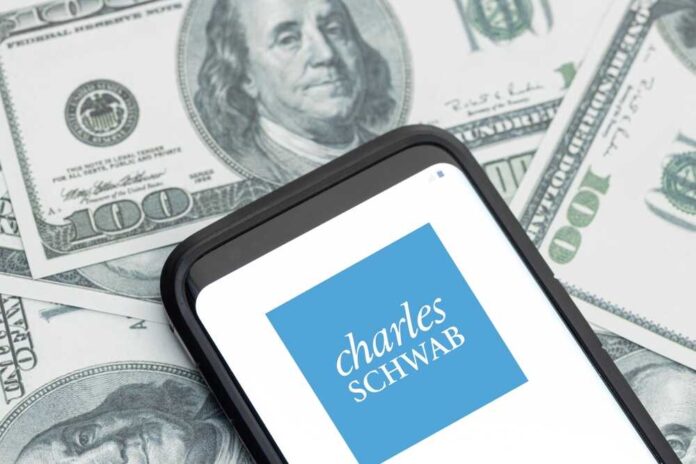On Wednesday, a Charles Schwab spokeswoman confirmed that the firm had laid off 5–6% of its workforce to curb rising expenses.
Out of a total workforce 35,900, between 1,795 and 2,154 jobs will be eliminated.
The spokeswoman added in an email that these were challenging but “necessary efforts to guarantee Schwab remains extremely competitive.”
Financial powerhouses like Goldman Sachs and Morgan Stanley have reduced headcount and expenses alongside the rest of Corporate America.
Charles Schwab announced in August that it would lay off workers to save $500 million; the company did not specify how many people would be affected by the layoffs. The company finished reducing as much as 6% of its 35,900-member workforce amid efforts to trim expenses as it continues to merge with TD Ameritrade, according to a company representative.
The spokeswoman said Charles Schwab made every effort to show the affected workers compassion and dignity throughout the “trying time.”
MarketWatch first reported the layoffs on Wednesday.
While integrating TD Ameritrade, the company has seen a temporary decrease in net flows of client money due to the loss of some retail and advisory clients’ assets. The company recorded $46 billion in core net new assets for the third quarter, with September accounting for $27 billion. This is a decrease of 32% from the same period last year.
At 12:41 PM ET, Schwab shares rose 1.3% to $52.73. This was their third consecutive day of gains. More than twice as much as the S&P 500 Financials Index, they are down 37% this year.
A Schwab representative explained that the company is assessing its “physical estate footprint,” “streamlining our operational model,” and “reducing headcount, particularly in non-client-facing areas” as part of the reforms.
Schwab, like other banks, went through rough waters this year when investors scrutinized its bottom line in the wake of the collapse of Silicon Valley Bank.
Schwab (SCHW) stock is up 1% in midday trading despite being down 35% year-to-date.















